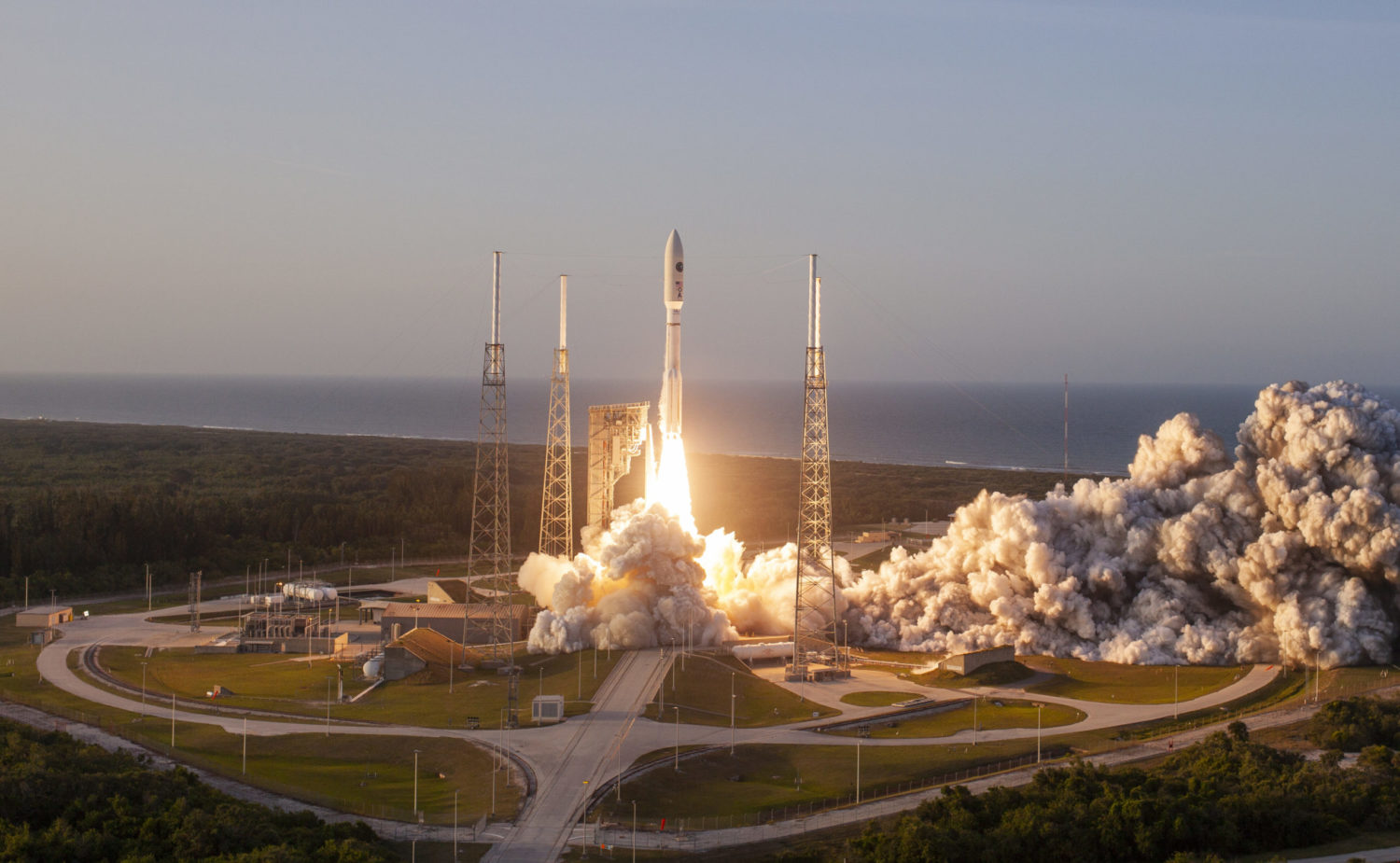Leading the Way into the 21st Century
Wickman Spacecraft & Propulsion Company (WSPC) specializes in high risk, high payoff projects. Whether the customer is NASA, DoD or commercial, the odds of failure are high when WSPC starts a project. But if success is achieved, the technical payoff is enormous. WSPC tackles the projects, the other companies run away from.
Founded in 1981 by John Wickman, its initial mission was consulting on various R&D projects. The company support Thiokol on the post Challenger SRB field joint and nozzle redesign and United Technologies Chemical Systems Division on the Titan SRB recovery program. In the late 1980’s, Wickman teamed with Dr. Adolf Oberth (son of German rocket pioneer Hermann Oberth) to move the company into research and development. WSPC has pioneered the fields of phase stabilized ammonium nitrate oxidizers and propellants, gelled metallized liquid oxygen monopropellants, hydrocarbon liquid oxygen monopropellants, powdered solid propellants, Martian rocket and jet engines, solid rocket multi-pulse manuevering thrusters, and non-explosive high burn rate solid propellants.
Over the years WSPC has explored new areas of propulsion, launch vehicle construction and lunar base design and construction. WSPC was the first company to develop the technology for using low cost commercial grade materials in solid rocket motors and launch vehicles.
Now, WSPC’s cutting edge technologies are enabling it to achieve low cost access to Space with an innovative Small Launch Vehicle and sounding rockets. For manned space exploration of our solar system, new engines will be needed that can burn materials found on the moon, Mars and outer planets. WSPC invented the rocket propulsion technology of mixing metal powders found on the moon into liquid oxygen and making a successful rocket engine using it. This knowledge enabled WSPC to successfully develop a rocket engine that burns carbon dioxide and magnesium powder for use on future Mars missions. WSPC has built and tested a turbojet engine that will eventually be able to operate on Mars for durations of 30 minutes or perhaps longer.
